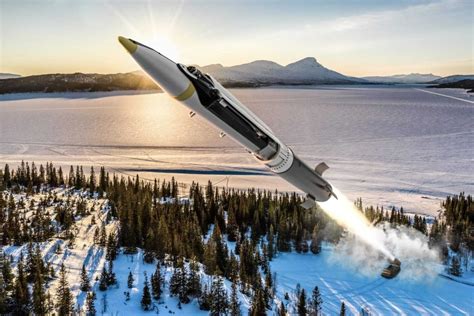The conflict in Ukraine has taken a new turn with the introduction of Russia’s glide bombs, sparking discussions on the efficiency and implications of these cheap yet devastating weapons. The comments reflect a diverse range of opinions, highlighting the complex geopolitical landscape surrounding the use of military technology in modern warfare. While some users emphasize the strategic advantages of glide bombs, others raise concerns about the ethical and legal considerations of their deployment.
One key aspect highlighted in the comments is the precision and cost-effectiveness of glide bombs compared to traditional military equipment. Users point out that these weapons provide a way for Russia to exert power without risking expensive aircraft or directly entering Ukrainian airspace. The ability to deploy glide bombs from a safe distance raises questions about the asymmetrical nature of warfare and the challenges faced by Ukraine in countering such tactics.
The discussion extends to the relevance of GPS and alternative guidance systems in combat zones where GPS signals may be disrupted. Insights into the technical aspects of missile navigation systems such as GLONASS and the implications of jamming technologies shed light on the intricate strategies employed by conflicting parties to maintain an edge in the battlefield. The reliance on inertial navigation and the development of jamming-resistant modules reflect the evolving nature of military technology.
Moreover, the comments explore the role of Western support and arms restrictions in shaping the outcome of the conflict. Debates on the adequacy of aid packages, restrictions on weapon use, and the impact of political negotiations underscore the delicate balance between military intervention and diplomatic solutions. The divergent perspectives reveal the complex interplay between global superpowers, regional alliances, and the aspirations of nations caught in the midst of turmoil.
As the conflict evolves, the analysis delves into the broader implications of the war on peace negotiations, territorial integrity, and the future of the region. Discussions on ceasefire prospects, regime changes, and the long-term consequences of military escalations offer contrasting viewpoints on the path to resolution. The overarching theme of power dynamics, accountability, and ethical considerations underscores the intricate tapestry of challenges faced by Ukraine and the international community.
In conclusion, the unfolding dynamics of Russia’s glide bombs in Ukraine epitomize the complex nature of modern warfare and international relations. The insights gleaned from user comments provide valuable perspectives on the multifaceted aspects of the conflict, from technological advancements to strategic decision-making and geopolitical repercussions. As the world watches the unfolding events in Ukraine, the discourse surrounding military tactics, diplomatic interventions, and humanitarian imperatives continues to shape the narrative of a region embroiled in turmoil.


Leave a Reply